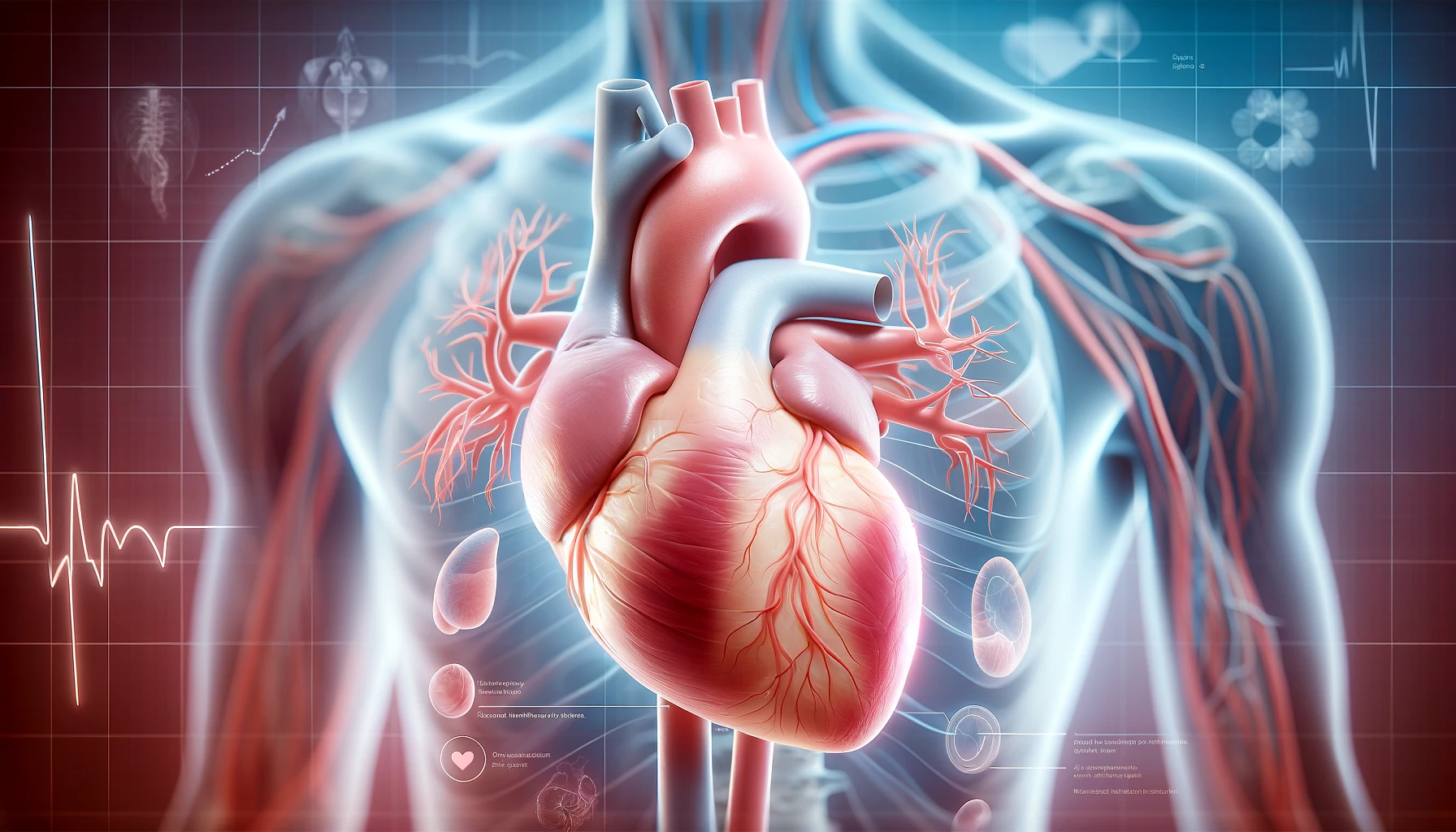More than 6 million Americans have heart failure, a chronic condition that happens when the heart isn’t able to pump adequate oxygen-rich blood through the rest of the body. Even though it’s a serious condition, heart failure can be managed.
One of the most critical steps in treating heart failure is determining the stage or phase of your disease.
Stage A heart failure
Stage A heart failure is the earliest stage, when symptoms are so subtle, they can be difficult to detect. In this stage, your heart is still able to supply your organs with sufficient blood, but underlying risk factors increase the risk that you’ll develop a more serious stage of heart failure.
Not surprisingly, knowing what those risk factors are can help. The most common risk factors in this stage include medical conditions like high blood pressure, coronary artery disease, obesity, and diabetes, a family history of heart issues, and exposure to medications of other substances that are toxic to heart tissue.
In this early stage of heart failure, treatment is focused on managing risk factors. Depending on what your risk factors are, your therapy might include:
- Management of underlying medical conditions
- Regular exercise
- Heart-healthy diet
- Quitting smoking
- Limiting or avoiding alcohol
Regular heart check ups also play an important role.
Stage B heart failure
Stage B is mild heart failure, when symptoms start to become noticeable. In this stage, the heart is still pumping well, but it’s beginning to show signs of impairment. Some people in this stage may have a history of heart attack, coronary artery disease, valve disease, or other heart structure issues.
Symptoms in this stage may include:
- Shortness of breath
- Fatigue
- Problems with exercise or physical activity
At this stage, treatment typically includes lifestyle modifications like the ones recommended in stage A, along with medication to treat underlying medical issues. For structural heart issues like valve problems, we may recommend surgery.
Stage C heart failure
Stage C is when symptoms become more apparent, sometimes affecting daily activities and overall quality of life. Fatigue may be extreme, and shortness of breath can occur with even mild exertion.
Lifestyle modifications remain essential. Most people need a combination of medications, including agents aimed at managing blood pressure, cholesterol, and fluid buildup. At this stage, we may recommend a pacemaker or other implantable device or surgery to address structural heart problems.
Stage D heart failure
Stage 4 is the most severe form of heart failure. In this stage, symptoms are apparent even during rest. Advanced treatment options, including heart transplant, may be considered. Hospitalizations become more common and may become routine.
Additional classification
It’s important to note that these are the stages as defined by the American Heart Association. There are other classifications, including the New York Heart Association (NYHA) Functional Classification system.
The NYHA system is used for patients in stages C and D to further refine treatment. The system classifies students into one of four categories depending on the severity of their symptoms and how their symptoms affect their activity level.
Take care of your heart
If you have heart failure or associated symptoms and risk factors, our team can help. To learn more, call 972-295-7017, or book an appointment online with the team at Prime Heart and Vascular today.





